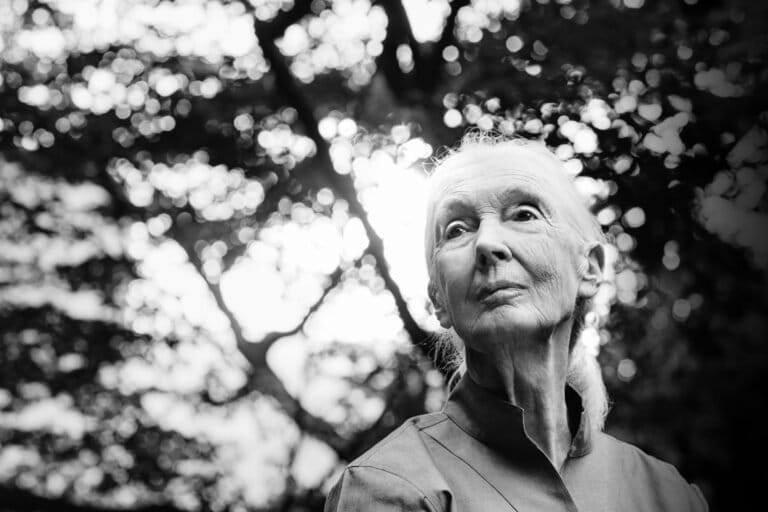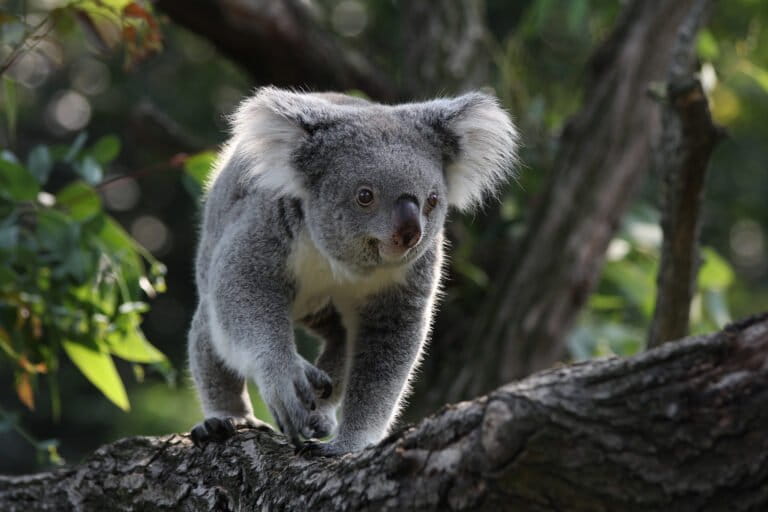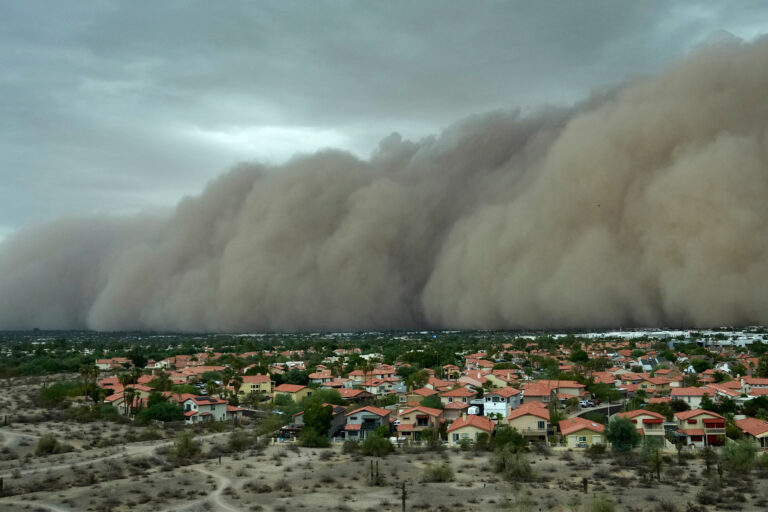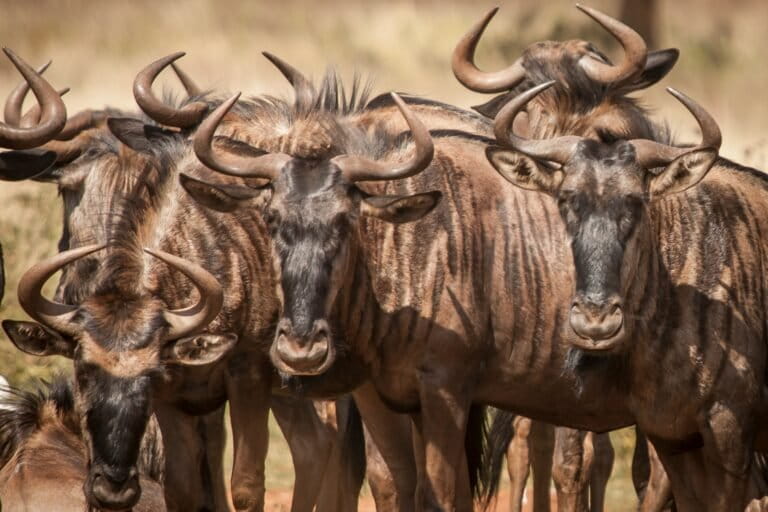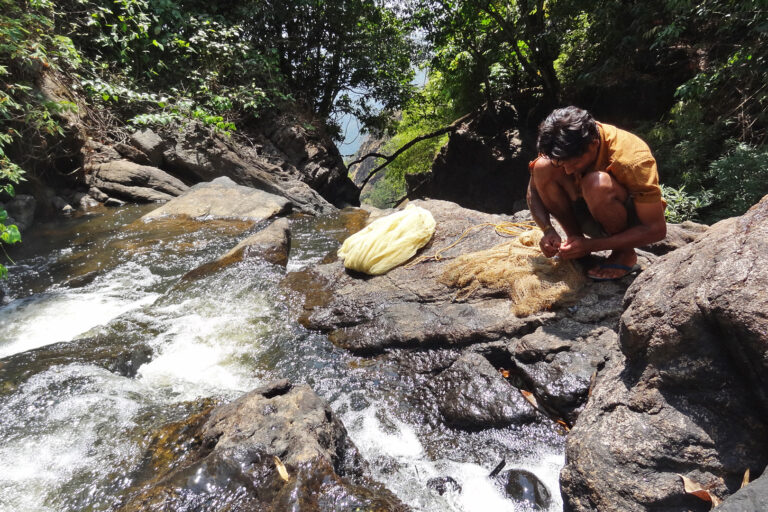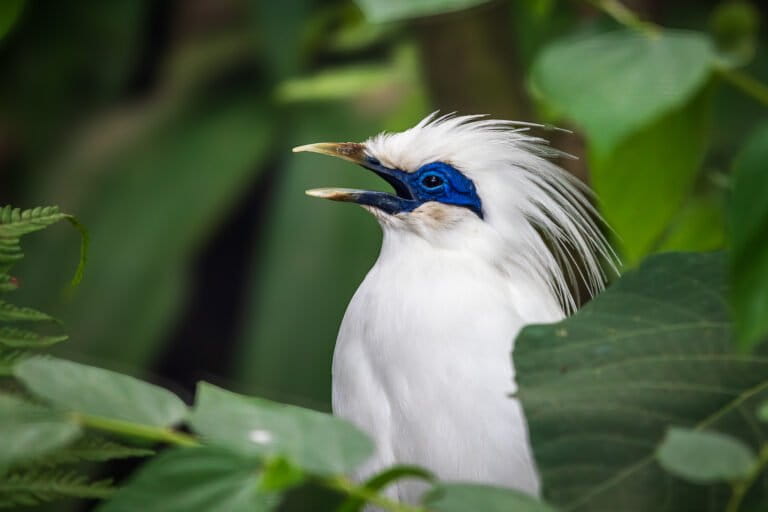- Forest-edge communities in North Sumatra, Indonesia, are on the front lines when it comes to nature conservation efforts, and require greater support and social protection from the government and NGOs.
- With the failure of ecotourism in the wake of COVID-19, safeguarding community well-being requires more focus on diversification of sustainable livelihoods, and a sound strategy for the prevention of human-wildlife conflict.
- This post is a commentary. The views expressed are those of the author, not necessarily Mongabay.
The socio-economic impact of the Covid-19 pandemic is heavy and multi-sectoral, marked by an increase in inequality, with the brunt of the pandemic borne mostly by the poorest and most vulnerable. Under the most severe projection, COVID-19 would increase Indonesia’s poverty rate from 9.2% in September 2019 to 12.4% by the end of 2020, implying that 8.5 million more people will be pushed into poverty by the end of 2020.
With the pandemic as a backdrop, now more than ever people are becoming aware of the link between human health and the health of the ecosystem, where protecting nature and biodiversity hotspots has become increasingly crucial.
One of the ways to protect biodiversity hotspots is through empowering and supporting forest-edge communities, who are the often overlooked front-liners when it comes to nature conservation. According to the FAO, people residing near forests depend on forest resources as their main source of food, livelihoods, and income generating activities, where their well-being is even more interlinked with the health of the ecosystem where they live.
In order for nature conservation to be successful, it is paramount to safeguard the well-being of forest-edge communities, by ensuring social protection, meaning that they have a sustainable livelihood strategy, access to education, healthcare and other basic needs.

Conservation and well-being of forest-edge communities in the Mount Leuser National Park
Forest-edge households living in the vicinity of conservation areas such as the Mount Leuser National Park (MLNP) in North Sumatra, regularly have to deal with the consequences of market failure, and are particularly exposed to risks and repeated shocks, clearly illustrated by the current pandemic. They face a wide range of environmental, economic, health-related, demographic, social, and political challenges, often sustaining or supplementing their income through practices such as poaching and forest clearing as they often do not have many alternatives.
The MLNP is a high priority area for biodiversity conservation as it is habitat for critically endangered fauna such as the Sumatran orangutan (Pongo abelii), ‘siamang’ or black-furred gibbon (Symphalangus syndactylus), Malayan sun bears (Helarctos malayanus), Sumatran elephants (Elephas maximus sumatranus), Sumatran rhino (Dicerorhinus sumatrensis), and the Sumatran tiger (Panthera tigris sumatrensis), as well as to endemic flora including the biggest flowers in the world, namely the Titan Arum (Amorphophallus titanium), and the Rafflesia flower (Rafflesia lawangensis).
Even though the MLNP is officially protected by its status as an Indonesian national park, it still remains under severe threat of deforestation, due to reasons interlinked with livelihoods. According to the World Resources Institute (WRI), palm oil and rubber plantations encroach into the MLNP, leading to a deforestation rate of 3,000 acres per year. The MLNP has lost 20% of its lowland forests to illegal commercial activities in just the past five years, where it is estimated that at that rate, the forest will be completely destroyed within two decades.
In some places, forest-edge communities along the MLNP are strongly dependent on tourism, especially community-based ecotourism (CBE), which has been argued to be a way to ensure a sustainable livelihood strategy, and increase well-being of local populations living on the edge of protected areas such as national parks, while simultaneously conserving nature and biodiversity.
Rethinking CBE as a Strategy
“Throughout the Covid-19 pandemic, tourism has been at a standstill which has negatively influenced our livelihoods, and it is impacting the conservation of our forests and wildlife” – An ecotourism guide from Batu Katak village bordering the MLNP
COVID-19 has highlighted the vulnerability of CBE as a livelihood strategy, due to international and local travel restrictions which have led to a dramatic drop in income of forest-edge communities that used to depend on tourism for their livelihoods. Furthermore, the pandemic has also spotlighted the weakness of CBE as a strategy for the conservation of nature, as the rationale behind this conservation strategy is that nature is a commodity that should be conserved in order to be ‘sold’ through ecotourism.
See related: Market-based solutions cannot solely fund community-level conservation

I have observed the despair brought about by the pandemic in ecotourism dependent places in North Sumatra, for instance in the Batu Katak hamlet, bordering the MLNP in North Sumatra, Indonesia where I have recently conducted field research. In the context of Batu Katak, as well as other CBE destinations in North Sumatra e.g. Tangkahan and Bukit Lawang, tourism development has been initiated by the local community with the hope to increase overall well-being of the local residents, and secure the resources for the future by reducing reliance on, and problems associated with illegal logging.
However, the pandemic has led to the forest-edge communities reverting to other livelihood strategies such as subsistence farming, but also logging and poaching in order to sustain themselves. Furthermore, the lack of livelihood alternatives also makes it easier for monoculture plantations, such as palm oil and rubber plantations, to buy up large swathes of land from the forest-edge communities, in the long run negatively influencing their well-being as it further drives them into poverty, and ultimately encumbering conservation efforts.
Despite the overall positive influence which CBE has on the well-being of forest-edge communities such as Batu Katak, it should not be seen as a panacea for the problems associated with local socio-economic development.
Therefore, issues of environmental and social justice, such as access to water and land rights, need to be addressed through setting up fair regulations such as waste management to prevent water and land pollution. Furthermore, there is a need for a deeper understanding of the specific CBE structures, for instance through researching how CBE influences the well-being of men and women differently by utilizing a gender analysis framework.
Additionally, local participation through institutional arrangements such as local tourism organization, where stakeholders have a say in the decision-making process of CBE activities, as well as the conservation of community forests, should be encouraged as it provides local communities with a sense of ownership.
Finally, an increase in investment by the government such as in education, healthcare, and other basic needs pertaining to human development is crucial to ensure that the forest-edge communities as a whole can benefit from CBE.
Moving Forward
“If there are conservation NGOs that employ residents living on the border of the national park, I don’t think anyone would illegally enter the national park and log protected forests. Being employed and supported helps us to safeguard our nature and way of life.” – A Batu Katak resident living on the MLNP border

In the wake of COVID-19, the well-being of Sumatran forest-edge communities needs to be safeguarded in order to ensure the conservation of Sumatran nature. In terms of a sustainable livelihood strategy, an integration of CBE, conservation, and agriculture could be achieved in the form of a varied landscape, consisting of protected community forest and diverse agroforestry on the forest’s edge.
Households on the forest’s edge can be encouraged to plant forest-friendly crops such as cocoa, coffee, cassava, etc. Provided that the government will ensure access to markets in order for the forest-edge communities to be able to sell their crops, this would potentially lead to overall sustainable livelihoods and well-being of the local residents, which ultimately safeguards the resources for future well-being.
Moreover, securing the livelihoods of forest-edge communities requires a strategy for the prevention of crop-raiding by wildlife, e.g. orangutans, or Sumatran elephants, as well as other forms of human-wildlife conflict. This can be achieved through proper law enforcement as well as the sustainable involvement of local communities, where major responsibilities in conducting the mitigation strategy has to be done by the local community, with support from the government and conservation NGOs.
For instance, conservation NGOs that employ local people from forest-edge communities to patrol the buffer zone of the Leuser Ecosystem are crucial. This is to provide a level of protection to the wildlife living in and around forest-edge communities, and work with the communities to mitigate human-wildlife conflict, especially crop-raiding. Additionally, NGOs also can raise awareness of the importance of the conservation of nature, and also of identifying alternative income strategies.

Similarly, the forest-edge communities surrounding the Way Kambas National Park in southern Sumatra suffer from a high level of human-elephant conflict (HEC), leading to a loss of crops, and the potential killing of the Sumatran elephants. To address these issues, a local conservation NGO locally recruits and trains forest rangers and mahouts for forest patrols jointly with park authorities. They focus on preventing HEC, monitor wildlife activity, stop forest crime, and protect valuable habitat for endangered species.

Placing forest-edge communities at the center of nature conservation efforts in Sumatra entails supporting them through securing diversified and sustainable livelihood strategies, as well as ensuring social protection and providing access to basic services to them. Furthermore, initiatives supported by the government and conservation NGOs, like those mentioned above truly make the difference in ensuring the conservation of nature.
But without ensuring social protection to safeguard the well-being of forest-edge communities, nature conservation will likely remain a fleeting illusion to be pursued.
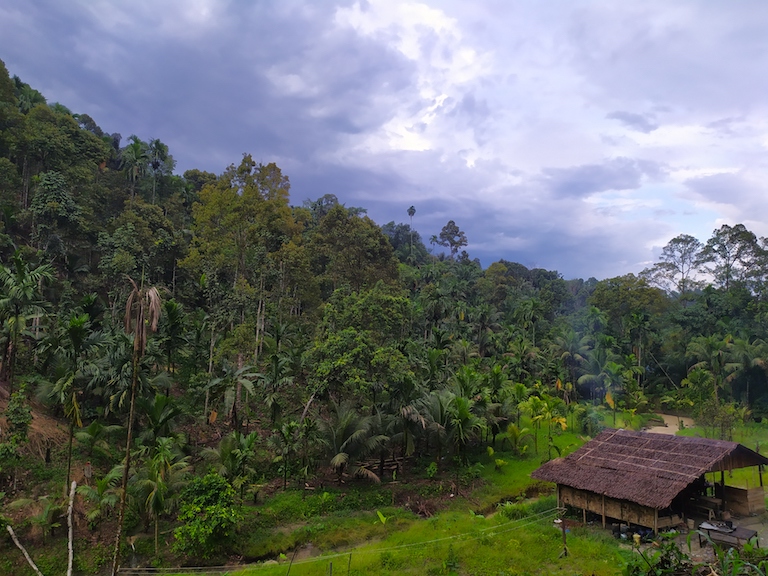
Roderick T.J. Buiskool holds a Master of Arts degree from Maastricht University where he studied Globalization and Development Studies. He conducted field research in North Sumatra for his Master’s thesis alongside a research internship with the Sumatran Ranger Project, where he was researching sustainable livelihood options for forest-edge communities, human-wildlife conflict mitigation, and community development.
Banner image: An eco-lodge devoid of tourists in Batu Katak along the Berkail River overlooking the Mount Leuser National Park. Photo courtesy of Roderick T.J. Buiskool
Citations
McAfee K. (1998). Selling nature to save it? Biodiversity and green developmentalism. Environment and Planning 17: 133-154.
DOI: https://doi.org/10.1068/d170133
Suryahadi, A., Al Izzati, R. & Suryadarma, D., (2020). The Impact of COVID-19 Outbreak on Poverty: An Estimation for Indonesia, SMERU Research Institute working paper.
Terminology notes:
Community-based ecotourism (CBE) has been defined by Denman (2001) as ‘a practice of tourism where the local community has a significant control over, its development and management, where a major percentage of the benefits stay within the community.’
Well-being is looked at through the Organization for Economic Co-operation and Development (OECD) (2017) framework and is comprised of three main pillars: material living conditions, quality of life, and resources for future well-being.
Buffer zones are areas peripheral to a specific protected area, where restrictions on resource use and special development measures are undertaken in order to enhance the conservation value of the protected area.






